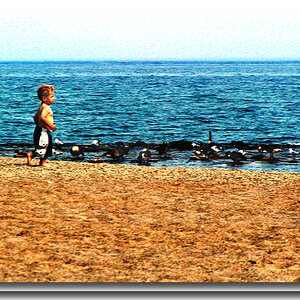Coleman121
TPF Noob!
- Joined
- Oct 30, 2018
- Messages
- 18
- Reaction score
- 0
- Can others edit my Photos
- Photos OK to edit
Hi guys,
I've been shooting with my D7200 for a few months now at 9 AF focus points. At the time I didn't think much of it, but now I've come to try and realise what I should be using. I can choose Auto (though I'd never use this of course), 3D, Single AF point, 9, 21, or 51 AF points. Though I understand the basics of this, I never really found out what most people use or what's best to use. I like to shoot different styles, from landscapes, wildlife, close ups, portrait's, sports, etc.
Should I be using single point AF? Do photographers keep their AF area mode on one setting? What do you use?
I've been shooting with my D7200 for a few months now at 9 AF focus points. At the time I didn't think much of it, but now I've come to try and realise what I should be using. I can choose Auto (though I'd never use this of course), 3D, Single AF point, 9, 21, or 51 AF points. Though I understand the basics of this, I never really found out what most people use or what's best to use. I like to shoot different styles, from landscapes, wildlife, close ups, portrait's, sports, etc.
Should I be using single point AF? Do photographers keep their AF area mode on one setting? What do you use?


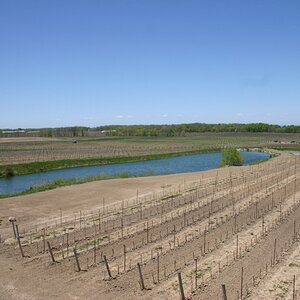
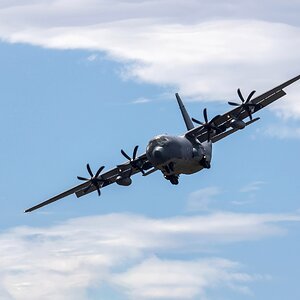
![[No title]](/data/xfmg/thumbnail/42/42022-b164b48fbcd31e32040c4983ecb8983a.jpg?1619739981)
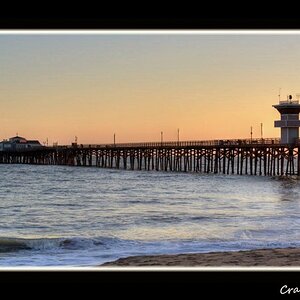
![[No title]](/data/xfmg/thumbnail/37/37491-9a5a4b87cc7adab94e5cc59f2da93701.jpg?1619738112)
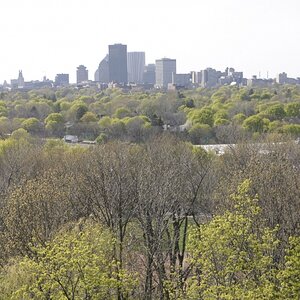


![[No title]](/data/xfmg/thumbnail/42/42023-bdd979ff50e78cc28479297780caeb90.jpg?1619739981)
![[No title]](/data/xfmg/thumbnail/42/42020-6dbbc2fb244014aa89adfe2ccf067af7.jpg?1619739979)
![[No title]](/data/xfmg/thumbnail/37/37604-7ad625e983f92f880eb65a264eeef5e4.jpg?1619738148)
